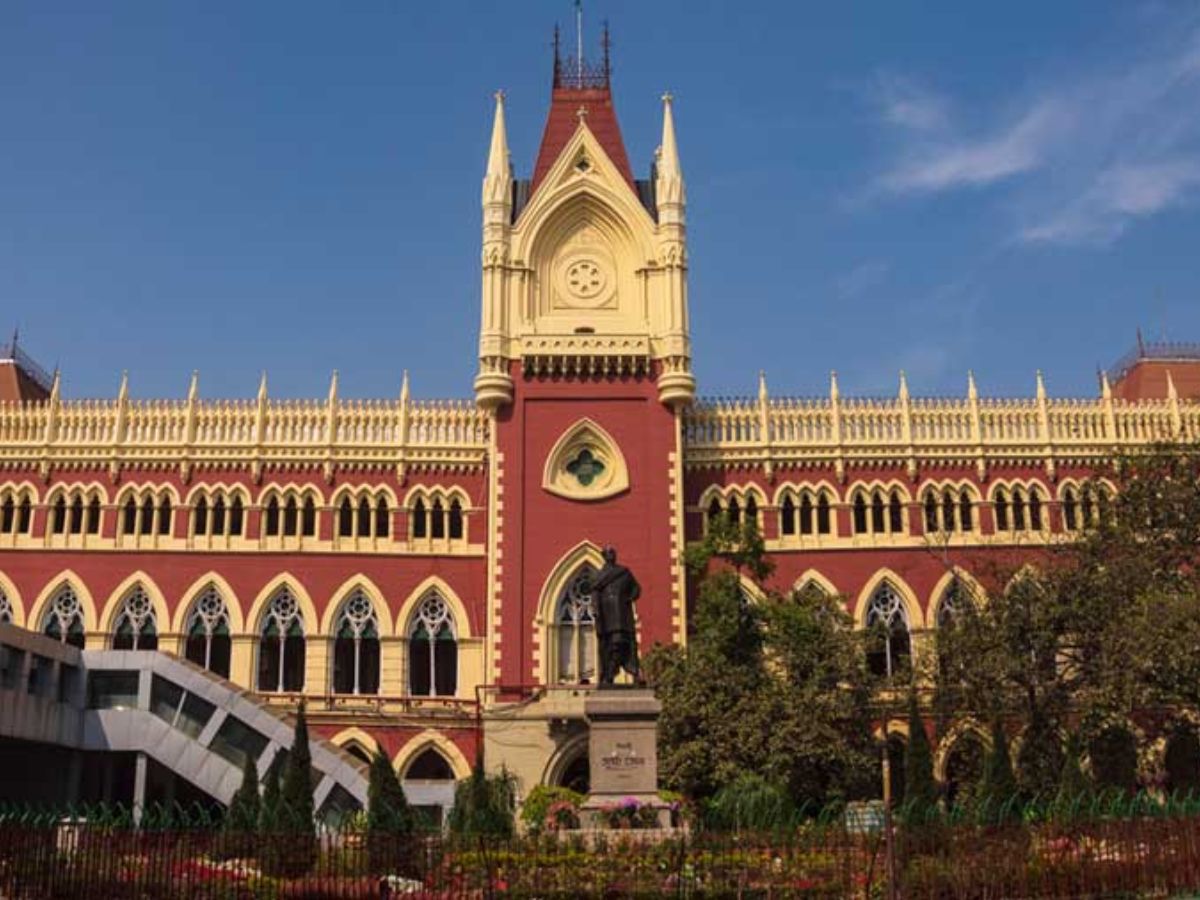In India, High Courts were established to strengthen the system of law and justice. Today, there are several High Courts across the country, but do you know which is the first and oldest High Court in India? Its history is quite interesting. Let’s learn when this High Court was established, where it is located, and why it is still so important today.
How did High Courts begin in India?
During British rule, there was a felt need for a robust judicial system in India. Consequently, in 1861, the ‘Indian High Courts Act’ was passed. This law authorized the establishment of three High Courts in Calcutta (now Kolkata), Bombay (now Mumbai), and Madras (now Chennai).
Which is the first High Court in India?
The oldest High Court in India is the Calcutta High Court. It was established on
About: Calcutta High Court
The Calcutta High Court, established on July 1, 1862, is one of the oldest high courts in India. Located in Kolkata, West Bengal, it was built in the neo-Gothic architectural style and was originally known as the High Court of Judicature at Fort William. The court has jurisdiction over the state of West Bengal and the Union Territory of the Andaman and Nicobar Islands, serving as an essential pillar in the Indian judicial system, handling numerous significant legal cases throughout its history.
About: Bombay High Court
The Bombay High Court, established in 1862, is one of the oldest high courts in India. Located in Mumbai, Maharashtra, it was built during the British Raj as part of the judicial system for the provinces of Bombay, Goa, and parts of Gujarat and Karnataka. This historic court, known for its Gothic Revival architecture, continues to serve as an important institution in India’s legal landscape, handling thousands of cases each year.
About: Madras High Court
The Madras High Court, located in Chennai, Tamil Nadu, India, is one of the highest courts in the state and was established in 1862. It is one of the three high courts in India established at the Presidency Towns by the Letters Patent granted by Queen Victoria. The building is noted for its distinct Indo-Saracenic architecture, designed by J.W. Brassington under the guidance of the famed British architect Henry Irwin. The court has jurisdiction over the state of Tamil Nadu and the Union Territory of Puducherry, and it represents a critical institution in the Indian judicial system.




